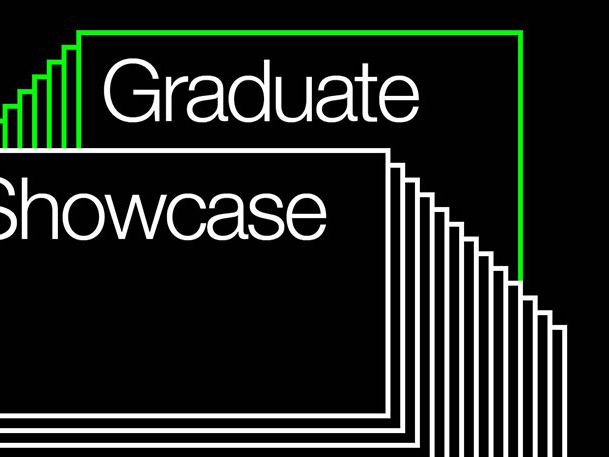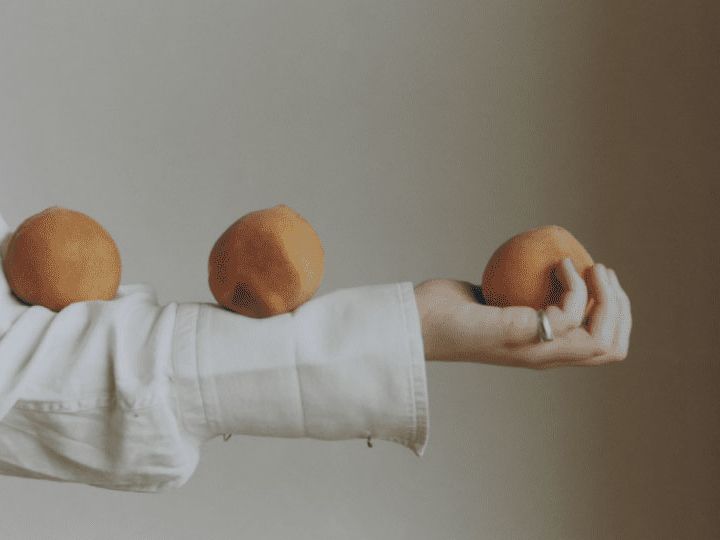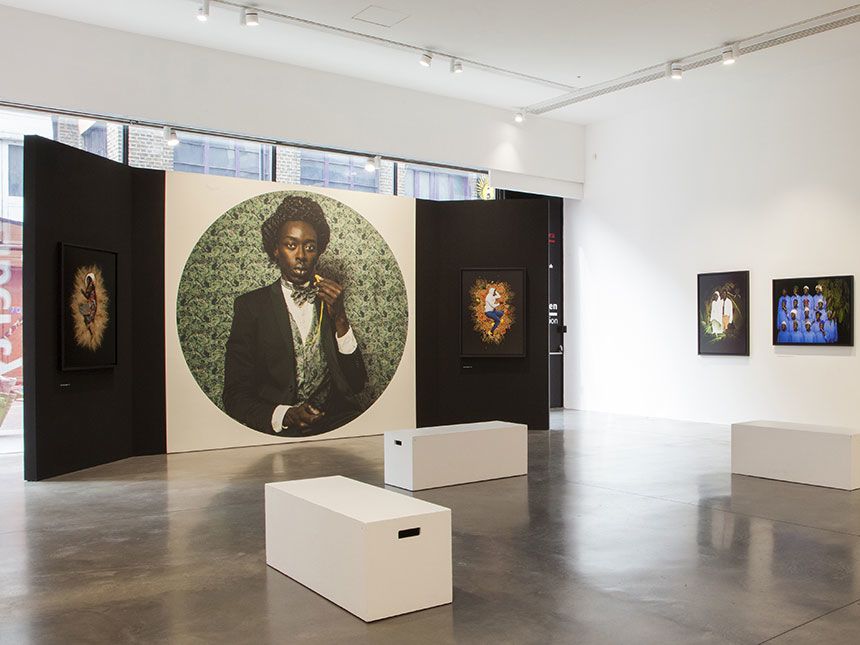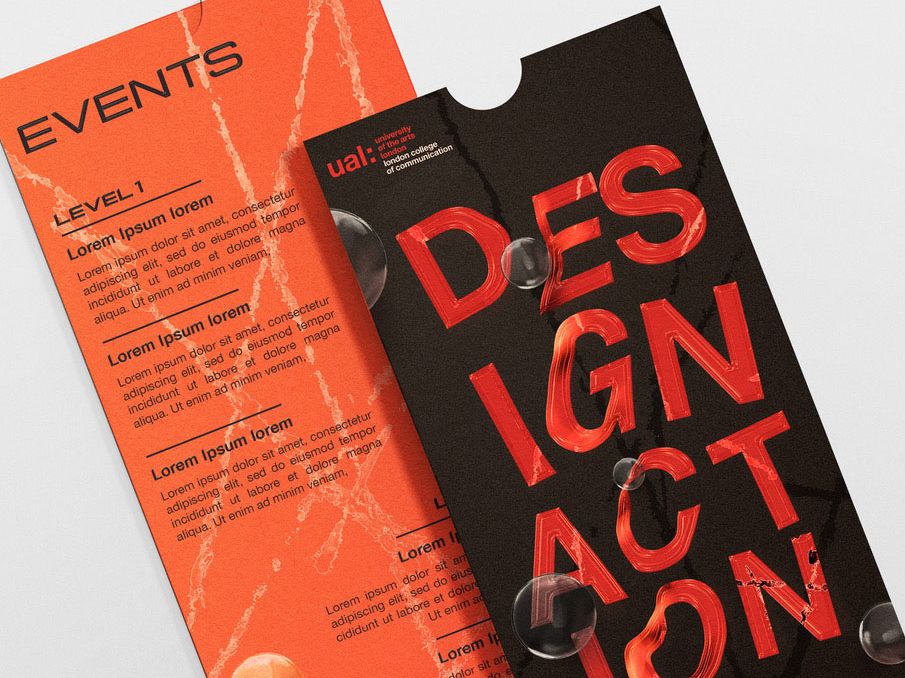With a focus on exploring human-centred design and arts practice, the Graduating Class of 2020 hosted an exciting events programme to celebrate their talent and potential.
The BA (Hons) Interaction Design Arts (IDA) course at London College of Communication (LCC) explores the relationship between people and experiences through the use of experimental technologies and processes.
With a focus on designing with warmth, empathy and playfulness, students learn how a range of forms and disciplines can be used to answer complex problems, embrace innovative approaches, and drive social change.
As the global pandemic shifts ways of working and celebration to the online world, IDA students were determined to use the power of digital platforms to explore and communicate their work. Through a schedule of performances, workshops, discussions and live events, they invited audiences to consider the ways in which digital landscapes can be used to both interrogate and develop creative processes, alongside amplifying the potential for greater impact.
We caught up with graduating students Justin Yu, Claudia Espart, Pier Lim, Virginia Malavasi, Patti Mróz, Benedikte Klüver and Ina Rai to chat about the inspiration behind their events, their creative practice, and the things they’ve most enjoyed about studying at LCC.
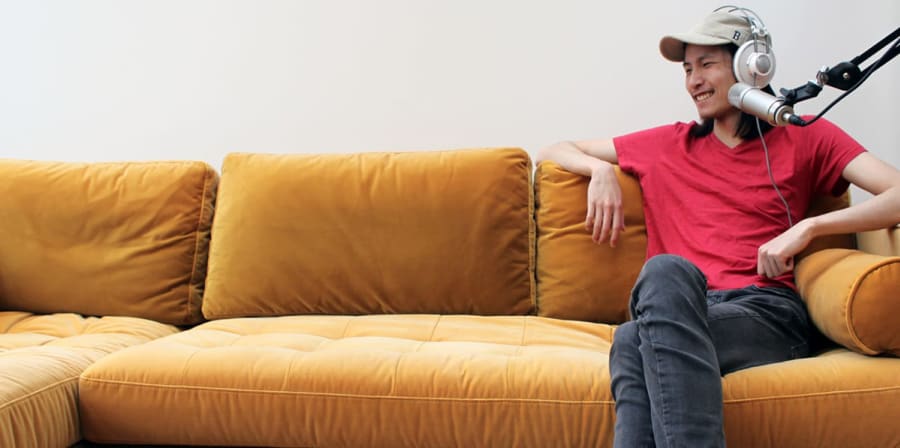
"Weird, wacky and yet somehow ingenious"
Covid Resilience - Justin Yu
In this live, open discussion, Justin brought his coursemates together to discuss the creative challenges they encountered during their final year, as well as the ways they were able to develop thoughtful and considered solutions for their work.
What was the inspiration behind your event?
With the grad show moving online from what would normally be a physical one, I wanted to help my fellow students recreate the feeling of discussing their work with an audience. I created short audio interviews for them to place on their Graduate Showcase pages, and during the interview process, I was able to catch up and learn more about how they’d individually been coping with the impact of COVID-19.
My father works for the NHS and comes into contact with COVID-19 patients on a daily basis. As a result, my family decided to begin quarantine far earlier than most. This situation was vastly different to the situations of my coursemates, and they each had very different experiences of coping with the situation. Each person had their own narrative which affected their work in one way or another, which led me to wanting to discuss and share their stories.
How did your event reflect your practice and the areas of creativity that you’re most passionate about?
I love telling stories. I’ve always believed that there is a fascinating story behind even the most mundane things. During my studies, I learnt to love working with sound and audio, as this medium naturally lends itself to this kind of fascination.
The majority of the work I've created has been in collaboration with other students. It would usually start with their idea, and I would help realise the audio side of things, both in front of and behind the mic. I’m no stranger to listening to a narrative, analysing it and providing my input, which is exactly what my role as the host of Covid Resilience consisted of.
What was the highlight of your time on the BA (Hons) Interaction Design course?
The IDA community as a whole - everyone is just like one huge family. This not only includes the students, but the tutors and alumni as well.
With IDA being ‘media agnostic’, you have a studio filled with like-minded people doing completely different things. This weird playground of specialties and types of media means that you can bounce ideas off each other to create results that are so unique (and sometimes wacky) that you sometimes have to take a step back and wonder how you actually wound up there!
The extremely strong emphasis on experimentation and trying everything out to grasp the basics of each medium allows you to avoid being limited by the restrictions of a particular format. There’s also always someone that you can turn to that has more knowledge about the result you want to achieve.
One of my favourite aspects has been arriving in the studio in the morning to be greeted by someone’s weird, wacky and yet somehow ingenious project lying on a table from the evening beforehand.
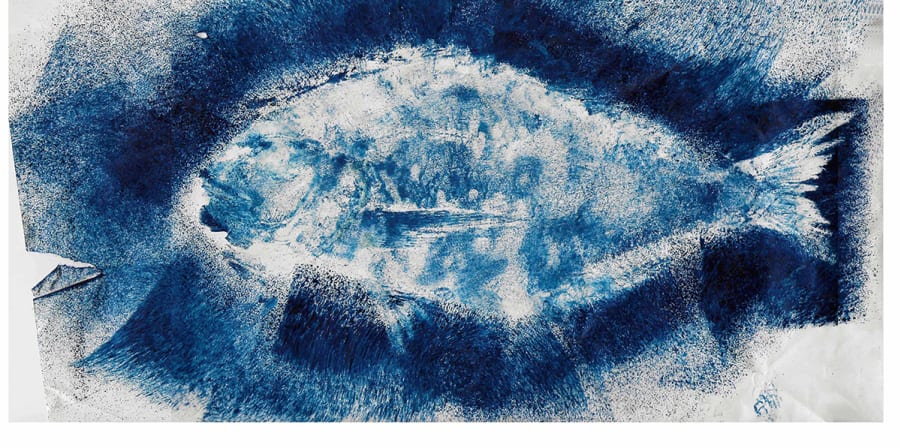
“Lots of ambition but equal amounts of kindness”
Printing With Fish! - Claudia Espart
Presented as a pre-recorded demonstration followed by a live Q&A, Printing With Fish! explored the practice of printmaking beyond the sophistication of workshops and heavy presses. By developing tools out of materials that were readily available during Lockdown, Claudia was able to channel everyday life as a source of inspiration and creativity while feeling linked to the problem-solving of past printmakers.
What was the inspiration behind your event?
I always appreciate the stories behind every object and process because they make me feel connected to the experience in a much deeper way.
Gyotaku printing is a rather interesting technique developed as part of a fishermen’s display of their best catch, and tells the story of finessing your craft from one field to another while finding comfort and artistry in those third spaces. I identify my practice with this process - during quarantine, I started printing with fish as a result of moving from one field of work into another while creating other spaces for making.
How did your event reflect your practice and the areas of creativity that you’re most passionate about?
My event focused on making the most of your surroundings and materials, of weaving little bits of culture with whatever other traces of history that have migrated alongside you and your practice.
I also think that the process of making my event happen was also as important as the outcome, because it ignited dialogues with my contributors while learning about this printing technique for the first time. I’m most passionate about those sparks of conversation.
What was the highlight of your time on the BA (Hons) Interaction Design course?
My highlight has been the highly supportive community, starting with our tutors Joel, Biggles and Marion, as well as the alumni who keep coming back to visit, offer project opportunities and encourage us to think differently - with lots of ambition but equal amounts of kindness.
There was no competition between my coursemates and I. There was simply an interchange of knowledge, and we helped each other. We could ask questions and support one another. While we can also be very independent workers, we come together in our IDA studio space and become each other’s greatest inspirations, critics and allies.
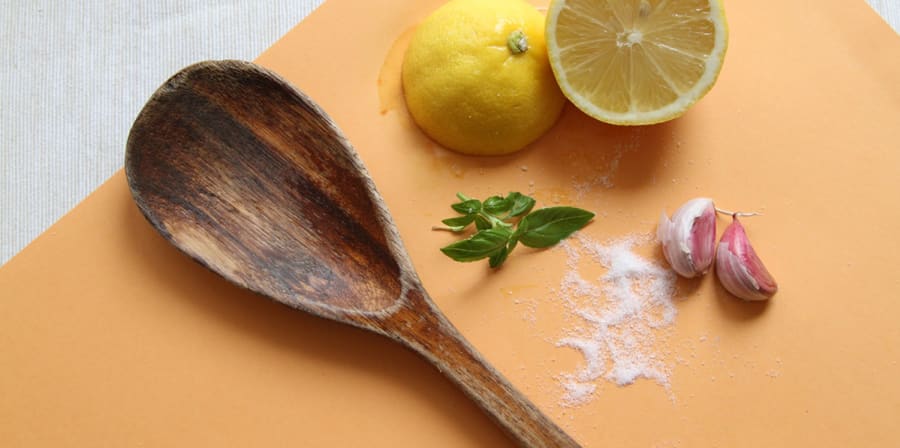
“When it comes to interaction design, the audience is part of the work itself”
Quarantina Cooking Club - Pier Lim and Virginia Malavasi
While the issues of social distancing may have compromised our ability to host dinner parties, Pier and Virginia hosted an online workshop which enabled audiences to learn new recipes from the comfort of their own homes. Viewers were encouraged to cook along while joining a discussion of culinary techniques from across the globe, fostering a sense of community through the unifying joy of food.
What was the inspiration behind your event?
The idea for our pop-up event was inspired by our shared passion for food. Both Virginia and I (Pier) grew up in countries where food is a big part of the culture. Even though we come from 2 different backgrounds, a love for food is central for us both, so we wanted to create an event where food memories are celebrated and different cultures meet, recognising all the people who maintain their food traditions.
How did your event reflect your practice and the areas of creativity that you’re most passionate about?
For us, when it comes to interaction design, the audience is part of the work itself. You’ll never have an interactive piece without participants, and we wanted to bring this ethos into something that we’re passionate about.
Quarantina Cooking Club was a project where people not only had the opportunity to enjoy a good meal, but also to interact with each other, sharing memories and becoming part of a new community built on the idea of food as an art.
What was the highlight of your time on the BA (Hons) Interaction Design course?
Coming into the IDA studio, you’d never know what to expect, but you could always be sure that whatever was there would be a highlight! This is because the IDA community is a special family where you’re encouraged to be yourself and to experiment outside of your normal comfort zone.
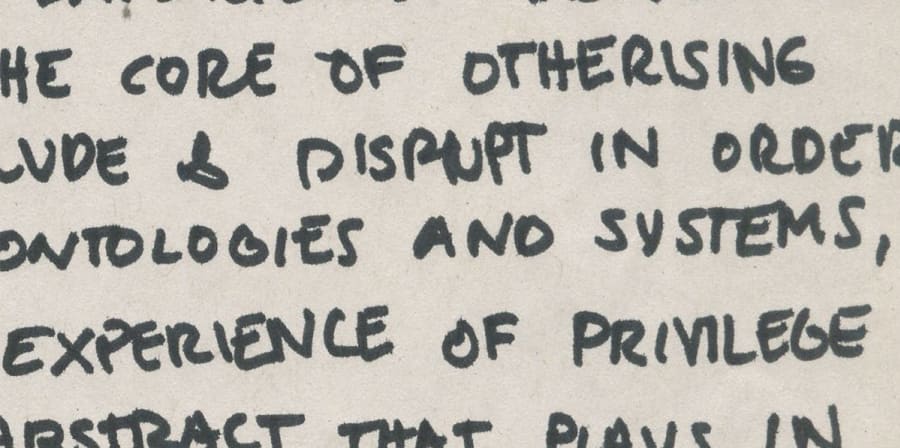
“We were taught to think freely, critically, experimentally and collaboratively”
Thesis Talks - Claudia Espart, Patti Mróz and Benedikte Klüver
Thesis Talks invited students to present their final research projects, all of which explored urgent social, political and environmental issues. This event enabled them to field questions from an engaged audience while discussing how their work had continued to evolve after its initial submission in January 2020.
What was the inspiration behind your event?
Back when we could gather in our studio once a week, we’d share a story with the rest of our peers and tutors: anything that we'd been curious about, a skill we had mastered, or an event that made had an impact on our psyche. We'd research and distil these concepts into a 15-minute talk, where we engaged in communication and knowledge sharing.
Often, these talks would have nothing to do with art or design, and always synthesised the variety of inspiration sources that each person had at their disposal. They were a crucial connection between research and idea-generation - once our work moved online, we fought to keep having these sessions at least once a week.
We also submitted our final thesis in January, perhaps not to be looked at or discussed again. Our inspiration was to mix these things - small talks with the fabulous research and writing of our thesis - and continue sharing knowledge far after the ‘expiration date’ of our assignments. This format ensured accessibility, as well as a reflective and interactive dialogue regardless of the difference in topics between speakers.
How did your event reflect your practice and the areas of creativity that you’re most passionate about?
I’m passionate about storytelling, creating dialogue, research and critical thinking. My thesis largely relied on questioning one’s position in the world, and I believe this is also reflected in my practice, albeit through more sensorial and textural-based enquiry. For me, practice and research are 2 separate entities that are in flux and influence each other - although, in the case of other students, these can merge completely.
What was your highlight of studying on the BA (Hons) Interaction Design Arts course at LCC?
There’s a community to fall back on, as well as a physical space where you’re allowed to grow roots and feel safe within the College, and where you can focus on whatever area you want to pursue. This is where we were taught to think freely, critically, experimentally and - most importantly - collaboratively.
The IDA studio is a sort of creative incubator where you develop very close bonds with your peers, the students in years below you, and up to 5 different generations of graduates. Having this type of studio culture and an ‘IDA family’ really improved the way we network and reach out to other creatives.
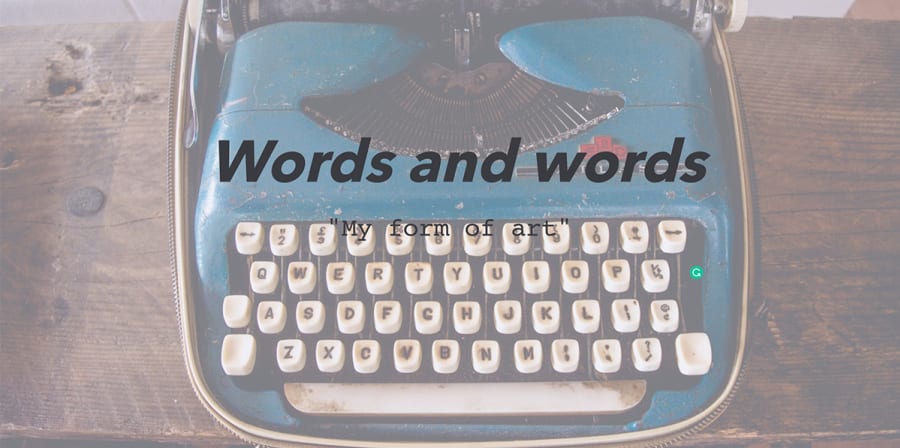
“Meeting brilliant and talented artists, as well as the best tutors”
words and words – Ina Rai
Ina’s event, words and words, involved a live performance of written words articulated as an art form. Originally created as an act of self-expression, her work shared content through audio formats to bring more attention to linguistic meaning while enhancing its emotional impact.
What was the inspiration behind your event?
My event was inspired by audio programmes like podcasts or audio books.
How did your event reflect your practice and the areas of creativity that you’re most passionate about?
Through words and words, I wanted to reflect how I can get inspired by my personal life for any kind of project. My creative area really covers any form of art that this can take.
What was your highlight of studying on the BA (Hons) Interaction Design Arts course at LCC?
My highlight was meeting brilliant and talented artists, as well as the best tutors.
“Highlights the students’ adaptability, design skills and problem-solving abilities”
Course Leader Joel Karamath praised the Class of 2020 for their determination to innovate and overcome the challenges posed by translating physical work into digital forms and spaces.
“This year, our students faced the double challenge of not only having to switch their assessment work from largely physical entities to online formats, but had to do so more than halfway through their studio projects,” he said.
“The poise and considerable ability displayed in executing this manoeuvre cannot and should not be underestimated, and highlights the students’ adaptability, design skills and problem-solving abilities under extreme circumstances.
“Moreover, despite several students having to endure very difficult personal lockdown situations, the group’s ability to reach out and support each other was in itself something to behold.”
Related links:
- Find out more about our BA (Hons) Interaction Design Arts course.
- Explore our Design School.
- Visit the UAL Graduate Showcase.


